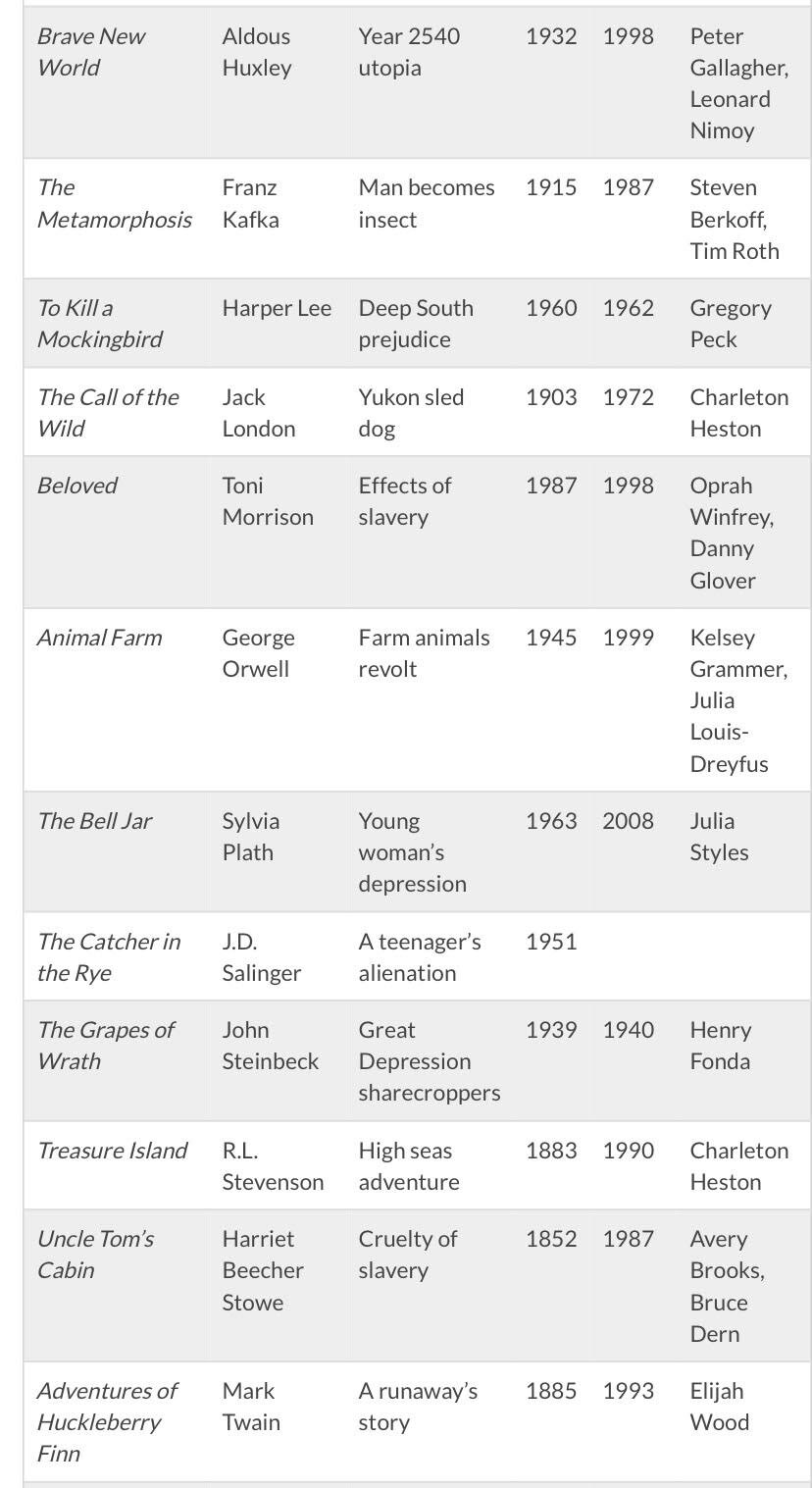Addressing COVID-19 Learning Disruptions:
Four Recommendations for
Effective Tutoring Interventions
As more students return to in-person learning, education leaders are working not only to rebuild school communities and help students transition, but also to address gaps in learning resulting from COVID-19 disruptions. One strategy states and districts are considering is tutoring, or focused instruction provided to students in one-on-one or small group settings.
Research suggests that tutoring programs can meaningfully increase learning for K–12 students and are especially effective in increasing the achievement of students who are at risk for poor learning outcomes. A range of studies shows that many tutoring programs generated learning gains in reading and mathematics, with greater gains attained in reading at early grades and math at older grades. The U.S. Department of Education’s Institute of Education Sciences (IES) signaled the importance of building the research based on tutoring programs and scaling up effective interventions when it launched Operation Reverse the Loss in late 2020. IES received $100 million from the American Rescue Plan to conduct research related to learning disruptions caused by COVID-19.
Recommendations for Choosing and Implementing Tutoring Interventions
Tutoring Supports in States
In 2020, the Tennessee Tutoring Corps recruited 1,000 college students to tutor students entering grades 1–4 during the summer to address student learning needs.
With support from federal funds, the Louisiana Department of Education launched a $1 million initiative to create a library of supplemental tutoring lessons aligned to state curriculum standards in English and math.
Leaders in Maryland and Oklahoma have announced plans to leverage federal stimulus funds to create grants to address the impact of COVID-19, and identified tutoring as one of the approaches that families and schools may use.
Texas is developing high-quality instructional materials to address student learning needs that can be used in summer learning programs and other learning settings.
The American Rescue Plan includes $129 billion in education funding for new programs and interventions designed to address the impact of the pandemic on student learning. To that end, here are four recommendations to help leaders interested in exploring the use of evidence-based tutoring interventions to accelerate student learning and address pandemic-related learning disruptions.
1. Use evidence-based tutoring models.
Before implementing a broad-scale tutoring program, education leaders should examine the demonstrated effectiveness of different tutoring models and programs to ensure that they are backed by evidence. Evidence-based practices are practices informed by research that lead to improved educational outcomes. Systematic reviews of the research on tutoring have found that “high dosage” tutoring—tutoring that happens in a one-on-one relationship or in small groups at least three times a week—generates positive gains for students in reading and math. In addition, a brief from the Annenberg Institute at Brown University describes design principles for effective tutoring based on rigorous education research, and it covers tutor-to-student ratios, tutoring frequency, focus, and curriculum.
Education leaders can leverage a number of resources to identify evidence-based tutoring models and practices. The What Works Clearinghouse reviews existing education research on various education programs and practices to identify “what works” in education. Its resources include a rapid review of the evidence on distance learning that includes studies of online and computer-based tutoring programs.
Further, the National Center on Intensive Intervention, led by AIR, has developed a series of charts to help educators and families select academic and behavioral assessment and tutoring intervention tools. Resources from the center include a chart comparing research on various academic interventions; an overview of the Taxonomy of Intervention Intensity, which helps educators ensure tutoring interventions are aligned to students’ needs; and a suite of companion resources focused on the taxonomy.
2. Ensure tutors are qualified to deliver the selected model.
Delivering a tutoring lesson to an individual student or small group of students calls upon different skills than those needed to deliver a lesson to a large class of students.
Education leaders will also need to consider the workforce required to implement a larger-scale program and ensure a fit between the type of intervention and staff training and skills. Delivering a tutoring lesson to an individual student or small group of students calls upon different skills than those needed to deliver a lesson to a large class of students. Systematic reviews of tutoring programs have found that tutoring efforts generally are more effective at increasing student learning when led by teachers. However, some evidence-based interventions have been validated with tutors who may not be certified teachers, such as non-teacher school staff, college students in the education field, and service fellows. Recent studies suggest that tutoring programs that use AmeriCorps members and paraprofessionals can be as effective as teacher-led programs in one-to-one or small group settings. Further, research shows that tutoring offered by nonprofessional and family members benefits students, but the benefits are smaller than for tutoring conducted by professionals or paraprofessionals
Leaders should consider the type of training needed to build tutors’ content knowledge and facilitation skills, as well as the ongoing supports that tutors will need throughout their relationship with students. Parents and family members who provide additional academic support may especially benefit from clear, accessible materials that provide scaffolding for how to engage and work with a child on a given learning task.
3. Create conditions for learning.
We know that all students have the potential to thrive when they experience safe, equitable, and engaging learning environments. Building strong, positive relationships between tutors and students can generate meaningful outcomes for students beyond academic gains. Drawing from a synthesis on the science of learning and development, the SoLD Alliance partners have articulated whole-child design principles for education systems; the first principle is that learning environments should support positive developmental relationships that we know have the potential to increase students’ sense of belonging and connection at school.
Given the contexts and experiences that students and tutors alike will bring to the table, education leaders should equip tutors with support and guidance so that they cultivate meaningful relationships with students to bolster their resiliency and engage them in learning—within the tutoring context and beyond.
4. Monitor and support quality implementation.
Carefully designing and implementing tutoring programs—as well as setting up rigorous monitoring systems—can allow education leaders to adjust and target interventions to the greatest needs.
Broader scale efforts to implement tutoring services have taught us that leaders need to monitor implementation. A good example of this is the No Child Left Behind Act of 2001, which provided funding for students in Title I schools to access tutoring services. Many states did not have the capacity to monitor the supplemental education services being offered, nor could they conduct more rigorous evaluations of the programs to understand their efficacy. Carefully designing and implementing tutoring programs—as well as setting up rigorous monitoring systems—can allow education leaders to adjust and target interventions to the greatest needs.
Leaders may want to review materials from the National Center on Intensive Intervention, which identified five considerations for the effective implementation of an intervention: student engagement, program specificity, adherence to the intervention plan, quality of delivery, and the duration of the intervention. Tools from the center can support educators as they implement and monitor interventions and assessments.
Throughout the lifecycle of the tutoring program, leaders can incorporate practices from continuous improvement science to collect data, build in flexibility, make adjustments, and reflect on what’s working—and what’s not. In our work with district and school leaders through the District and School Improvement Center, we have found this approach allows leaders not only to implement and monitor ongoing feedback loops, but also to make data-based decisions that lead to improvement for all students.
Next Steps
Just as the COVID-19 pandemic has lasted longer than many of us anticipated, education leaders also should be prepared that the process of recovery and rebuilding from the pandemic also will take time. The federal stimulus funding for K-12 education provides an opportunity for states to invest in new programs and opportunities, and leaders must consider both the scalability and sustainability of these programs to meet students’ needs for academic support—and understand that these needs may extend beyond 2021. These investments also provide an opportunity to build the lasting capacity of the education system to provide universal and intensive, individual supports and leverage research to accelerate student learning.
Vint Hill Educational Services offers small pod tutoring for grades K-12. Students can work with a tutor in a small group setting of 2-5 students. Sessions can take place at our offices, a local library, in student homes, at public facilities, or virtually through Lessonspace. The students in the pod should be enrolled in the same class or currently studying the same subject. Multiple subjects can be covered in the same pod. Special pod tutoring rates apply. Please contact us to learn more.








